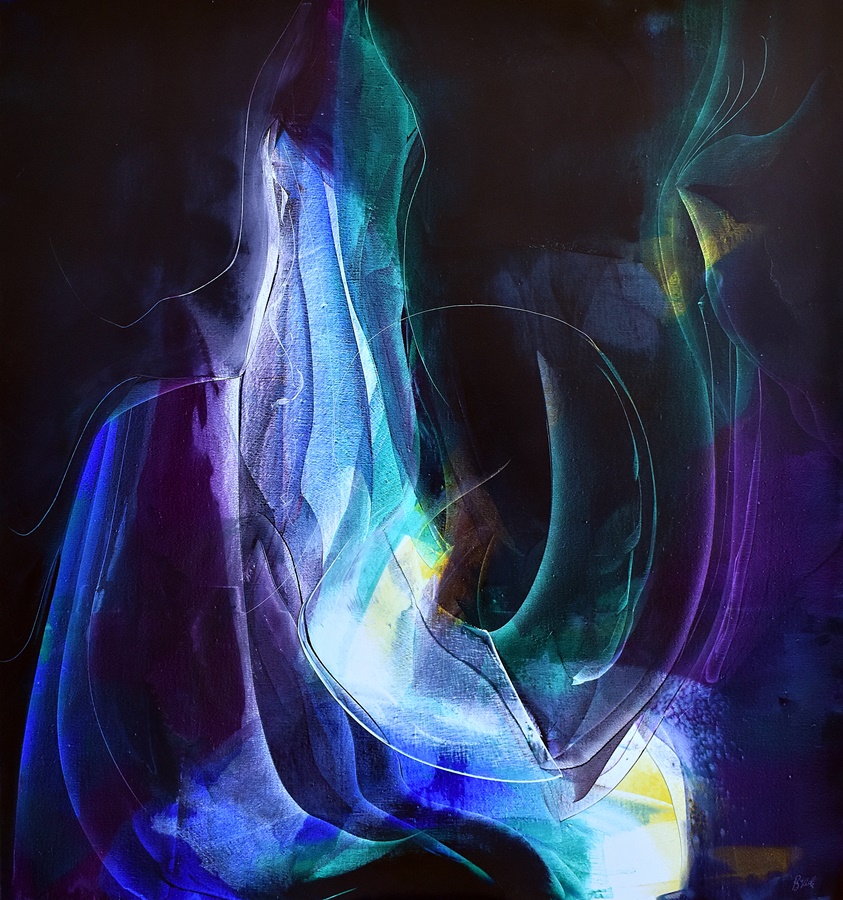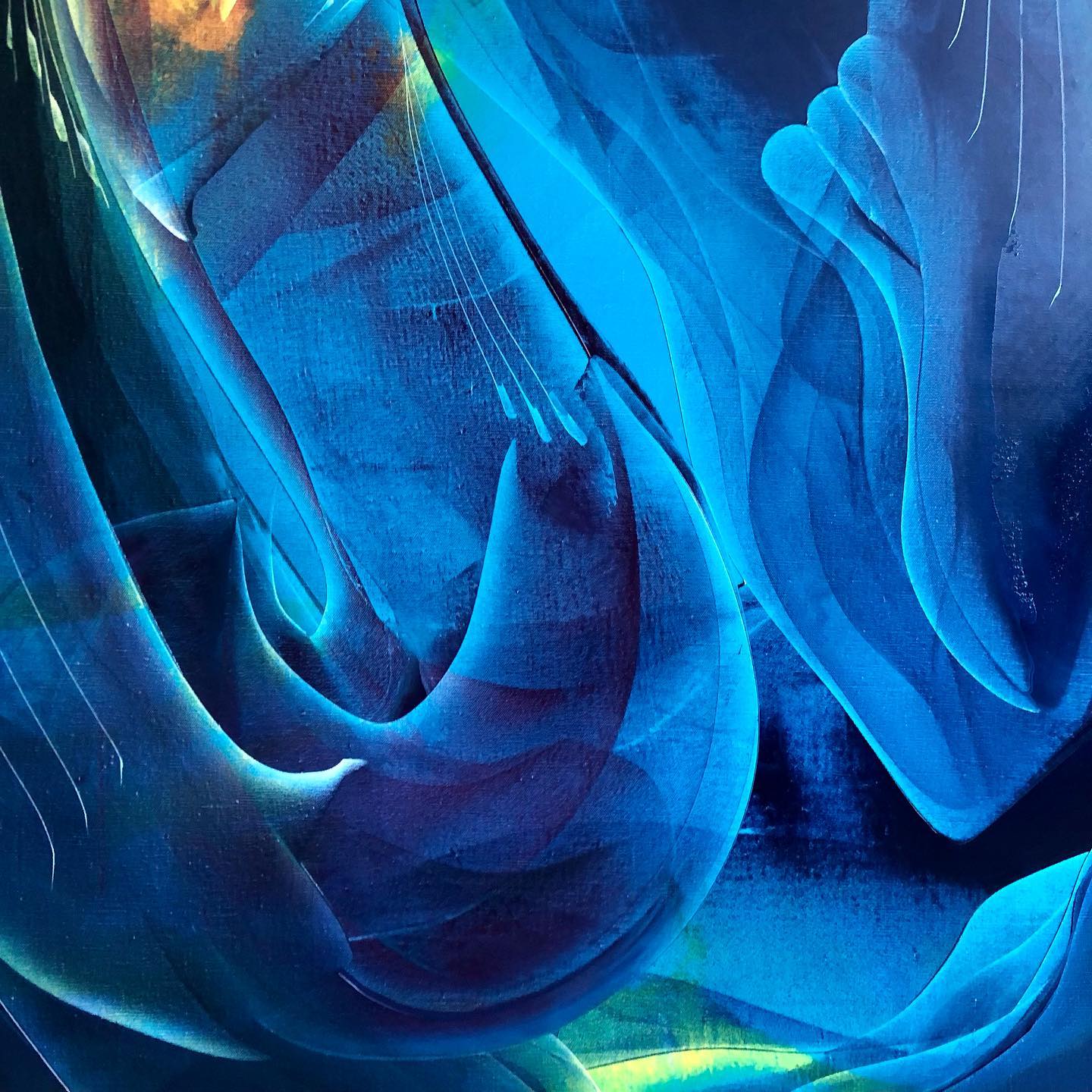15. May 2024
When I was nineteen, I had an experience that could perhaps be described as transcendental. Walking on a country road one day, I saw an abandoned house. I remember walking into it before losing consciousness due to exhaustion from the oppressive heat and humidity of Uruguayan summers
11. December 2023
When I paint, I let emotions and intuition lead the way. My works do not make statements, which I believe come from the fictitious, intellectualizing self, against which I jealously guard. Nor is my art a transmutation of symbols and ideas into their equivalents in images or forms. When I create, I do not begin with the end or even a plan in mind. Instead, I leave empty space to allow my subconscious self to take over.
20. November 2023
I vividly remember the moment when an abstract painting by Matta captured my imagination as a seven-year-old. I was flipping through an old textbook, and an image sucked me in like a whirlpool or wormhole of sorts, into the inner world of the artist.
25. October 2023
Perhaps human beings who walked the Earth millions of years ago saw transparent space where we now perceive physical objects; likewise, it is possible that at some point in the future we will see solid, physical objects where we now see transparent space.
25. September 2023
Ancient cultures regarded caves as places where transcendental experiences occurred: they were the first sanctuaries; they were gateways to the underworld, to the interior of the Earth itself. In the beginning there was chaos and wilderness, where the earliest humans took to the caves for survival, regarding them as sacred shelters. The epitome of this cave-shelter symbol is that of the womb of the Mother Earth, a place of solace—a common motif across times and cultures.
09. May 2023
Photos of some of the exhibitions in galleries and contemporary art fair in Beijing, China, 2022 and 2023






